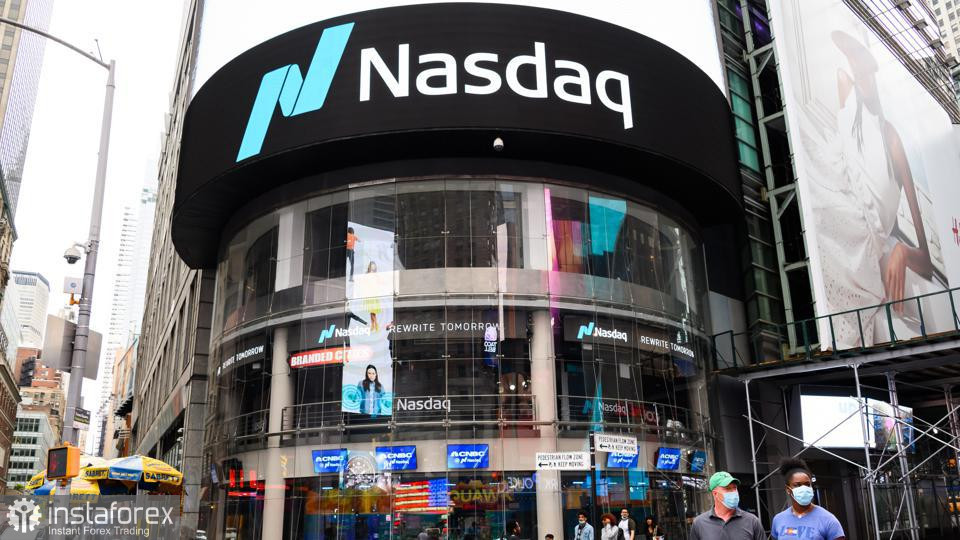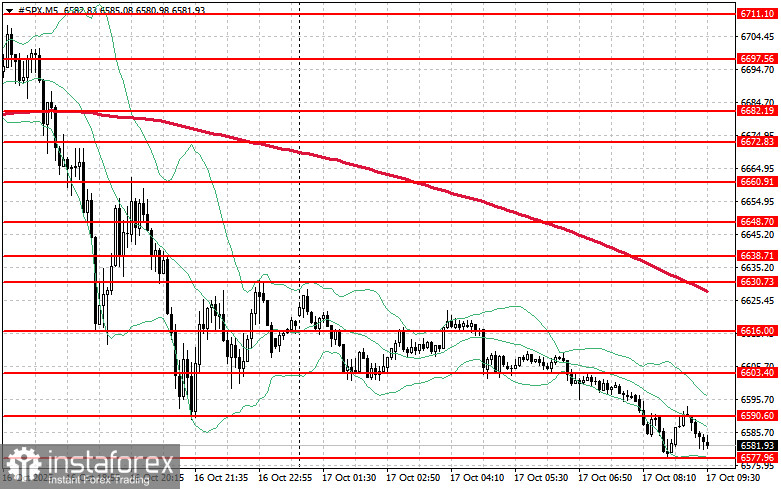Yesterday, US stock indices closed lower. The S&P 500 declined by 0.63%, while the Nasdaq 100 fell by 0.45%. The industrial Dow Jones dropped by 0.55%.
Indices continued to weaken as investors shifted toward safety in government bonds after shares of US regional banks fell amid concerns over lending standards. Gold is on track for a ninth consecutive week of gains.

Futures on US stock indices dropped by 0.7%, pointing to further weakness after Thursday's regular session decline. Regional bank stocks came under pressure following the fallout from subprime auto lender Tricolor Holdings, which rippled beyond Wall Street. European indices also indicate a softer open.
While investors sought safe havens, gold and silver reached new all-time highs, driven by mounting concerns over US creditworthiness and simmering trade tensions between the US and China. Treasuries continued their rally, with the two-year yield falling to its lowest level since 2022 and ten-year yields dipping below 4%. The US dollar index weakened, while the yen strengthened beyond the 150 mark against the greenback. The Swiss franc also appreciated.
These moves underscore growing concerns around the US credit market and reflect the heightened nervousness prevailing on Wall Street. This adds to a list of investor worries, including the possibility of a US government shutdown, fears of an AI-driven bubble, and renewed US-China trade tensions.
However, many analysts believe the current banking shock in the US is more closely tied to market sentiment and liquidity issues than to a systemic credit failure. While fundamentals remain sound, fear continues to dominate.
Indices in Hong Kong and mainland China fell by more than 1.5% as US-China tensions weighed on sentiment. Hong Kong tech stocks slid by 3.1%, and Taiwan Semiconductor Manufacturing Co. shares in Taipei fell by 2.4%.
According to Morgan Stanley, rising US-China tensions are once again having a negative impact on equities, and the sell-off in Asia and emerging markets may exceed expectations, given their elevated valuations.

Oil prices turned lower again, as investor focus shifted toward oversupply concerns and the repercussions of renewed US-China trade tension. Brent crude approached $61 per barrel following Trump's statement regarding a second meeting with Putin, raising the likelihood that increased output from OPEC+ could worsen the global supply glut.
As for the technical picture of the S&P 500, the primary objective for buyers today will be to break through the nearest resistance level of $6,590. This would support upside momentum and open the way toward the next level at $6,603. No less of a priority for bulls will be maintaining control above the $6,616 mark, which would strengthen buyer positioning. In the event of a downward move amid declining risk appetite, buyers must assert themselves around the $6,577 area. A break below this level would quickly push the instrument back to $6,563 and open the path toward $6,552.





















